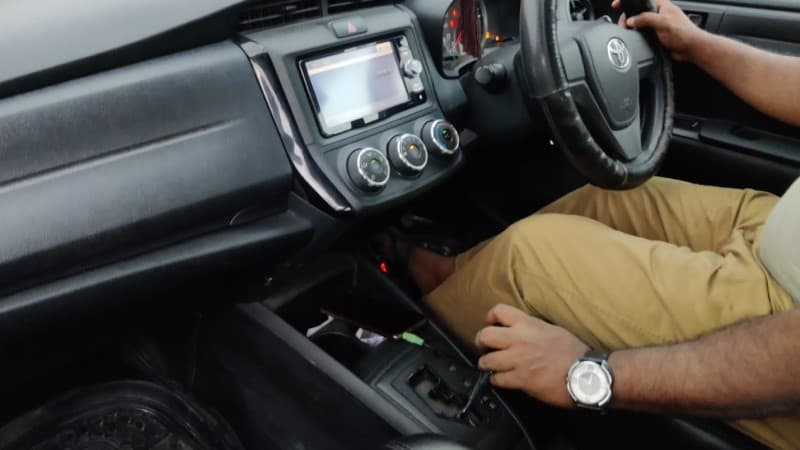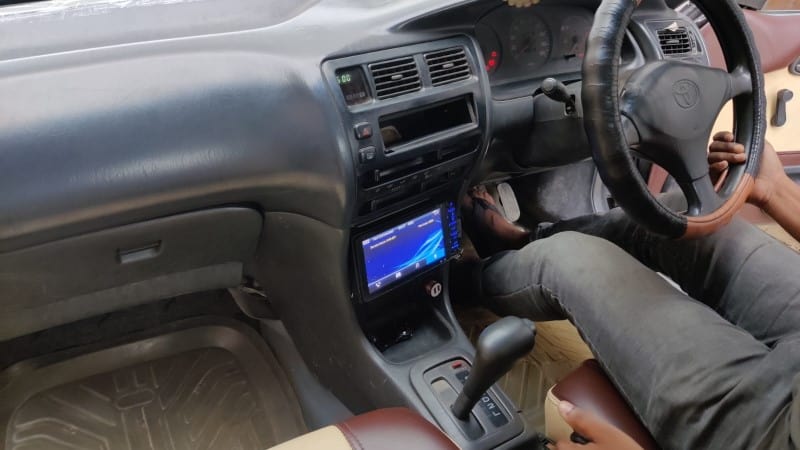Having a reliable means of transportation, such as an automobile, is crucial to our everyday lives. But there are also some downsides to them. If your vehicle suddenly stops responding when you shift into gear, it’s not uncommon. For some, this is a very disturbing and annoying experience.

Why Does My Car Die When I Put It in Gear?
I can tell you from personal experience as a licenced mechanic and automotive writer with more than ten years in the industry that vacuum leaks and engine misfiring are the most typical causes of your vehicle dying when you shift into gear. A low transmission fluid level or a malfunctioning torque converter are two more possible reasons.
Leaking/Low transmission fluid
The transmission fluid is essential because it cools and lubricates the gear sets. Overheating and the inevitable death of the vehicle when shifting gears are the inevitable results of reduced fluid, which accelerates friction between the moving components. Verify the transmission fluid level if your vehicle stalls while shifting into drive or reverse.
Lousy torque converter
A torque converter is a part of an automatic transmission that uses pressure on fluid to facilitate gear changes. Your vehicle’s torque converter is much like any other part: it can break down. If it breaks, your car will probably stall in gear or at moderate speeds.
Weak battery/alternator
There won’t be enough juice to run everything in the system if the alternator or battery isn’t strong enough. The engine may stall for a number of causes, one of which being a weak alternator or battery. A weak battery will prevent the vehicle from starting.
Clogged fuel filter
To prevent dirt, debris, and other pollutants from getting into the engine, the gasoline filter is installed. The amount of fuel that can enter the engine will be gradually reduced as a result of these filter impurities. Putting the car in gear or starting it from a standstill will cause it to stall if that happens.
Vacuum leak
To get the most out of them, internal combustion engines need a specific mixture of air and fuel. The combustion chamber’s air-fuel mixture becomes unbalanced due to the introduction of unmeasured air caused by a vacuum leak.
If the vehicle stops responding when shifting into gear, what should I do?
Your car’s inability to shift into gear could be due to a number of factors; fortunately, there are multiple solutions to this problem. However, you should begin the diagnostic process by identifying the most prevalent and easily-repairable issue with the car. When dealing with an automobile that starts up and runs smoothly when not in gear, this is the best course of action to take.
Check for a vacuum leak.
First things first: listen for a hissing sound if your automobile dies every time you shift into gear. The presence of a hissing sound indicates the presence of a vacuum leak. Locate the source of the noise and eliminate it. Vehicle performance degrades and exhaust pollution increases in the event of a vacuum leak.
Check the battery and alternator.
All of the system’s components are powered by the alternator and battery, which work together. An insufficiently powerful battery will render your alternator ineffective. The same holds true for charging the battery; if the alternator is malfunctioning, the battery will continue to run low and produce power problems, even after being recharged.

Check the transmission fluid.
Take off the dipstick from the gearbox and see how much fluid is there. Top it up as needed if the fluid level drops. But wait, there’s more. The most common cause of a low transmission fluid level is a leak. As a result, you should see whether there is a leak.
Fix engine misfire issues.
In this instance, the spark plugs should be the first point of focus for diagnosing and treating misfiring.
When you shift into gear, your vehicle may stall or misfire because there isn’t enough spark to burn the air-fuel mixture in the combustion chamber due to carbon fouled spark plugs. Changing or cleaning the spark plugs should take care of the issue.
Conclusion
You now know what could be causing your automobile to die when you shift into gear and how to solve it. However, engine misfiring and vacuum leaks are the most typical reasons. The good news is that a lot of these potential reasons, such vacuum leaks and engine misfiring, have easy solutions.
For the most part, you can handle these problems on your own by following the steps outlined above. On the other hand, if you’re not sure, call your mechanic. The mechanic will find the source of the problem, fix it, and then fix it quickly.





